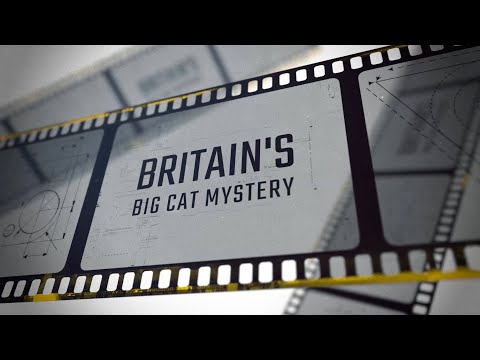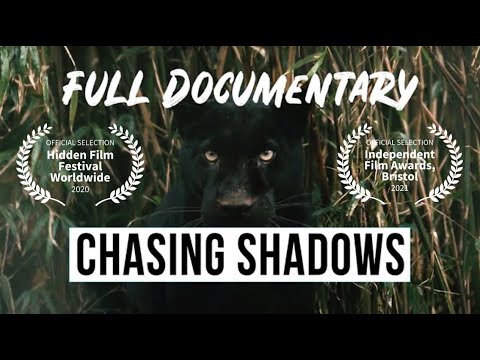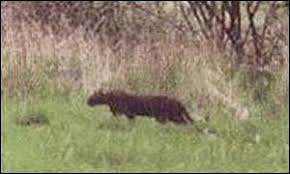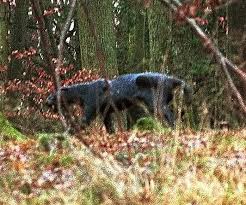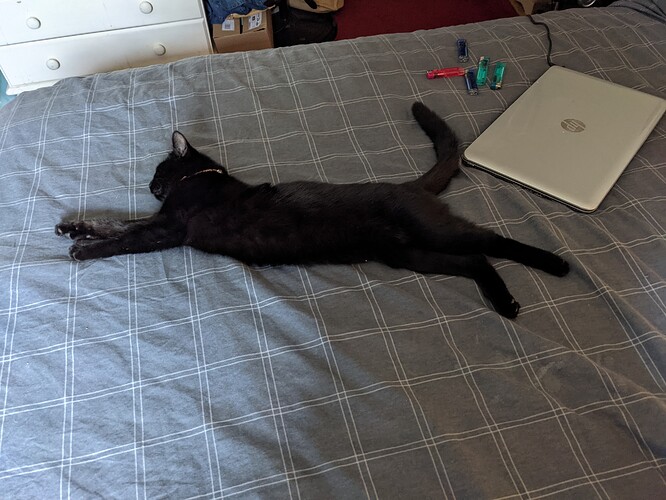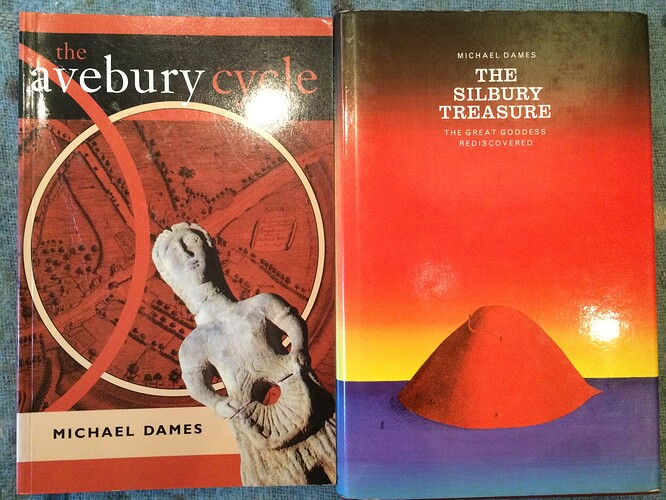"Throughout recent history there has been an endless stream of eye-witness reports from across the entirety of Britain, which continues to this day; from the windswept, cold and mountainous regions of northern Scotland, to the rolling green moors and woodlands of southern England, there is no shortage of sightings and reports of encounters with these beasts. Indeed, it may seem that almost every town and village in Britain has its own legend and local folklore of an unusual large cat, and there are plenty of farmers who will attest to the damage these creatures can do.
Britain has a long, colourful and complicated history of having a diverse exotic pet trade; from the days of the old British Empire, until the mid-20th century, it was deemed an indicator and symbol of status, wealth and fashion to own exotic pets, (especially big cats). The surprising popularity of extravagant exotic cat ownership in Britain is captured beautifully by the well-known viral video of ‘A Lion called Christian’; a lion cub purchased in the 1960s from the famous Knightsbridge department store, ‘Harrods’.
Incidents and reports spiralled out of control in the 1960s; and with the later introduction of the Dangerous Wild Animals Act in 1976, the situation only intensified, as exotic cat owners sought to alleviate themselves of the impending burdens of unfeasibly increased costs to obtain and retain a license to legally keep their pets. The introduction of this legislation served as a major catalyst for many unregistered private big cat owners to deliberately release their animals in preference of having them terminated." https://www.britainsbigcatmystery.com/
I have been “close” to this story for many years. My father’s house in Brecon was situated very close to several sightings, Da even reported to me that a local farmer had either lost control of, or released, a lurcher when they had spotted what looked like a leopard, the lurcher did not return and was later found dead. A friend of mine claimed she had a pug-casting of a big cat having spotted one in the New Forest (unfortunately it was lost in a house-move), another friend claimed he saw a cat the size of a medium -sized dog (see documentary re: size of East Asian leopards), on Southampton Common (where there is a sizeable deer population).
Quote: "One startled eyewitness was the assistant priest of Itchen Valley Parish, Rev Alex Pease, who was driving on Chilland Lane when he spotted the cat in the road on Sunday evening.
Straight away Mr Pease wanted to find out whether anyone else had seen the feline, and discovered that there had been several sightings in the Itchen Valley area.
He was convinced he may have seen a genet – a a slender cat-like carnivore with a long body, a long ringed tail, which is native to Africa.
Mr Pease said: “When I saw it on Sunday evening it was just after dark and I was driving along Chilland Lane and pictured it in my headlights and I thought ‘what on earth is that’.
“I would say it is larger than a normal cat with a much larger and bushier tail, but the thing was its distinctive black face and pointed ears.
“It turned round and looked at me at one stage and then sauntered off down the path." https://www.dailyecho.co.uk/news/14782409.residents-baffled-by-mystery-big-cat-in-itchen-valley/
I have been a frequent visitor to the Dales, Brecon Beacons and New Forest and now live on top of much semi-rural and wooded land, on the eastern border of Southampton and south-western border of Eastleigh, so I keep my eye out for evidence of cats and carry a camera. I am likely to return to the northern edge of the New Forest again very soon as the season for mycology is upon us (although climate change has made the activity more difficult -I shall be waiting for the temperature to drop-).
Whilst the experts and campaigners worry about the presence of these animals has anyone considered their veterinary requirements? I have identified “soggy moggy syndrome” as one reason why I have received “bad vibes” from our countryside on occasion. It is a good job most of our domestic canines are well cared for too as “Distemper” can also effect big cats (and that very badly).
Can you imagine what rheumatoid-arthritic conditions do to magnificent animals such as big cats? What a dreadful thing to inflict on such beautiful creatures. I would consider leaving baits laced with “Devil” and/or “Cat’s” claws* in order to try and ameliorate conditions caused to these animals as a result of having to live under the climatic conditions found in these isles.
That’s what scepticism imposes too, stay in denial and the animal suffers! I often wonder how true this is for cryptids (creatures still unknown to science), and how much we are endangering them by our thoughtless behaviour.
Have you noticed strange silences when out in the woods or (perhaps even more tellingly), strange bird or animal calls you were not familiar with as a child? I think I have. One may also find ones-self with a semi-open mouth washing air over your taste buds and sinuses, I’ve caught myself doing this on a number of occasions, it’s how big cats identify areas that have been marked by both other animals and members of their own species.
*Nb.: https://rehabvet.com/2017/03/03/cats-claw-dogs/ & https://animal-health.co.uk/product/devils-claw
